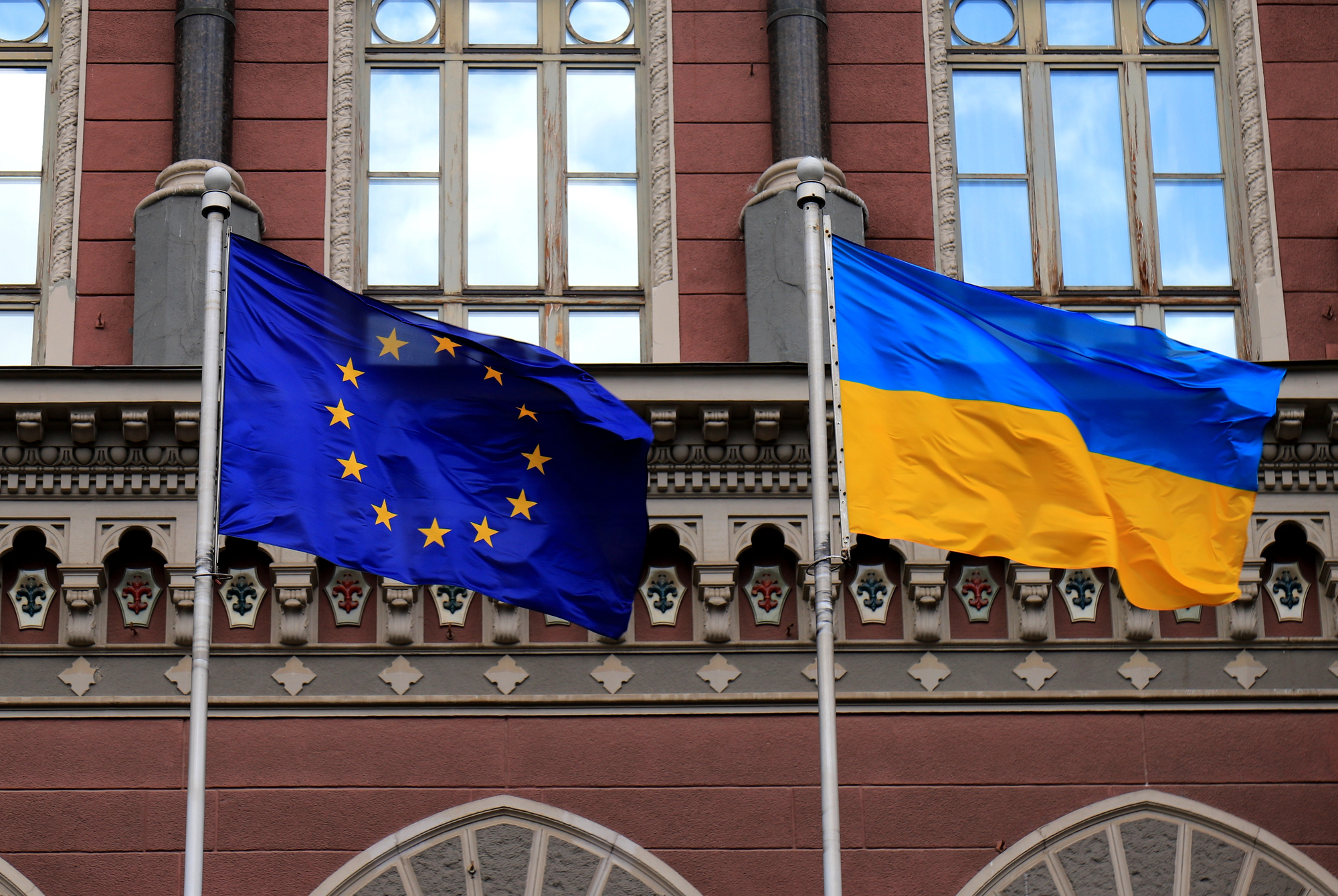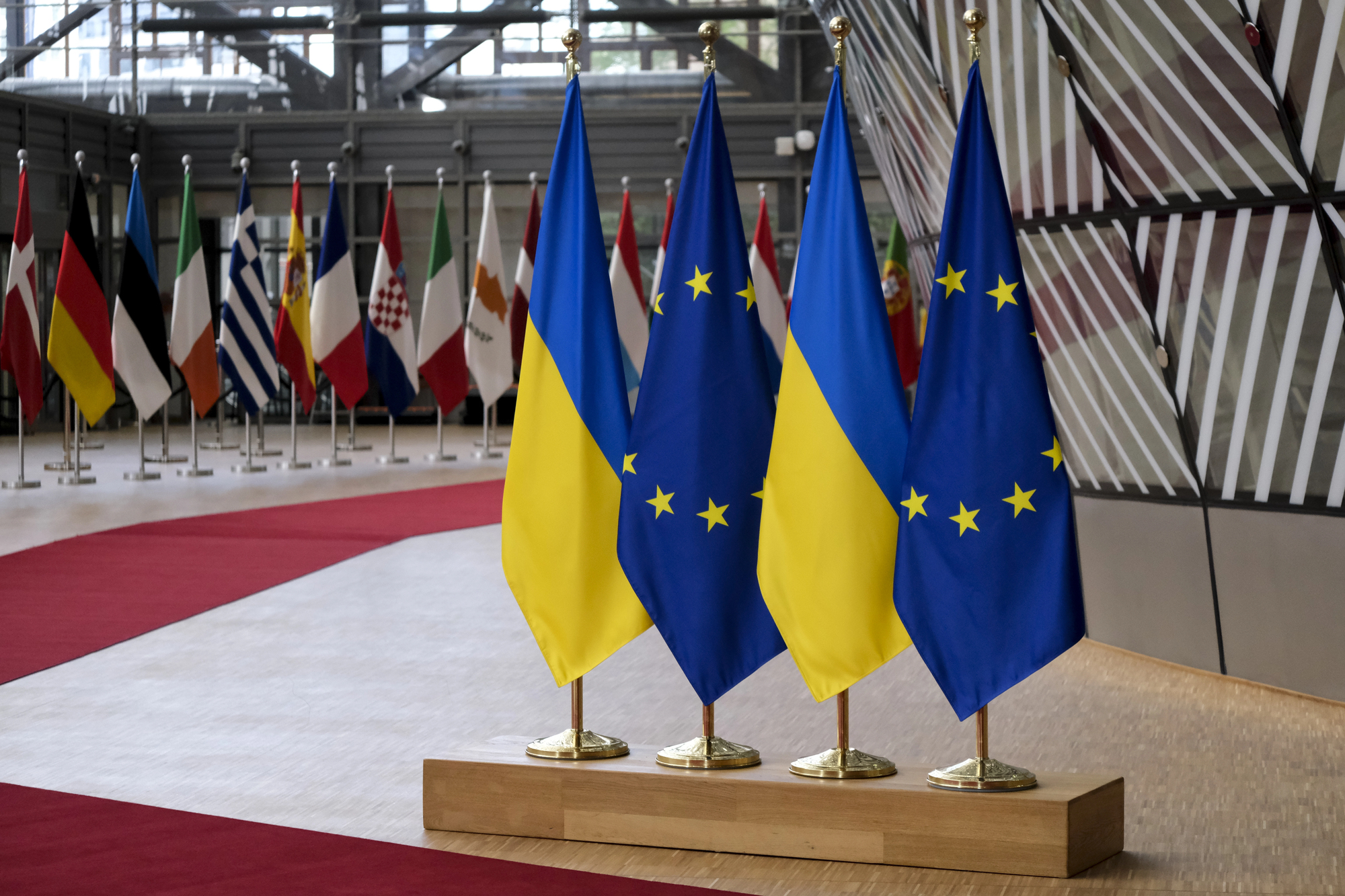Forbes-Ukraine did a comprehensive analysis of what party programs mean for Ukraine’s economic development. As a part of Forbes’ effort to provide a more complete picture of what leading political parties want to achieve in the new parliament, Evgen Shpytko, Anna Kovalchuk, and Vitaliy Kravechenko asked a series of questions about the pressing issues for Ukraine. In this post, we try to aggregate the responses and identify common themes. Here’s what we found.
- Most parties believe in supply side economics, that is, stimulating economy through production rather than through demand. This is a type of Laffer curve. If tax rates are reduced, people and businesses will have stronger incentives to engage in economic activity. Based on work of one of the authors and other evidence, the supply side response could be weak in the short run. Parties should not ignore demand side approach, that is, stimulating economy through demand.
- Most parties also believe in compliance response, that is, economic agents start to declare their true incomes in response to tax reform. The compliance response is likely to be stronger than the supply side. It is not clear, however, this margin (compliance) can help to get tax cuts self-financed.
- Most parties are protectionist. They talk about supporting domestic producers, keeping up the coal industry, subsidies for this and that. This seems to be a dubious objective. Ultimately, the success of Ukraine depends on how quickly and deeply Ukraine can integrate into the world economy and utilize the associate agreement with the EU.
- Similarly, some parties identify priority industries and advocate policies that would bring investment to these industries. This approach contradicts the idea that in the modern global, extremely competitive and fast-paced economy the markets, consumers, and private investors are collectively in the best position to judge the most promising industries. Prioritizing industries by politicians and government officials will generate economic distortions, decrease efficiency, and lead to incentives for rent-seeking, lobbying, and further opportunities for corruption.
- Many parties believe that a managed float for the exchange rate is a way to go. We don’t think this is possible in the short run (the National Bank of Ukraine [NBU] does not have enough resources to credibly commit to such policy) and desirable in the longer run (again, the trade structure for Ukraine is such that we really depend on commodity prices and we have to let exchange rate absorb external shocks).
- Whether to have a market for land is a polarizing question. Many parties suggest surrogates for such markets. Such approach is likely to be ill-advised. A key comparative advantage of Ukraine is its land resources. To exploit this advantage, Ukraine needs huge investment in agribusiness. It’d be nearly impossible to get this investment unless land is a liquid commodity that can be used for collateral.
- Interestingly, most parties are OK with the NBU printing money. Given the current situation, some inflation is good because it helps to absorb shocks (e.g., real wages fall but this keep employment relatively high). So while inflation is “evil” in general, here it may do some go even though it’s painful.
- Most parties want to keep the unified tax for entrepreneurs and self-employed. The benefit of this tax is simplicity. The cost is that it creates huge distortions in taxes (people/businesses take advantage of differential tax rates; e.g., register as self-employed but be effectively an employee). A better approach is to simplify other taxes and get rid of the unified tax.
- Several parties suggest that infrastructure and natural monopolies should be nationalized. It is hard to see a clear economic rationale for this. Private ownership and transparent and smart regulation can do a much better job. Some parties propose to cap prices and impose rate of return regulations. This type of regulation is rudimentary and might be inappropriate for the industries in question. Rate of return regulation can kill incentives to modernize.
- The approach of many parties to fighting corruption is also a supply side. They support laws demanding transparency of procurement, income of the state officials, and stronger prosecution powers for the state. Surprisingly, there is no talk about developing independent non-governmental watchdogs, providing safeguards for independent media, and protecting civil activists and whistleblowers. The capacity of the state in Ukraine is weak and most of the changes in Ukraine come about due to efforts of the civil society, implying that the supply side approach to institution building alone might be ineffective.
- Many parties make statements that basically describe how things should go ideally: no corruption, industrial modernization, transparency, etc. Corruption, decayed infrastructure, and shadow economy are the symptoms and consequences of systemic economic distortions. Addressing those distortions, and doing this from a coherent economic ideological position, is the issue of the first-order importance.
Conclusion
Most parties advocate the supply side approach to economic and institutional development. By contrast, most of the recent changes in the Ukrainian society and economy have been demand driven. The state capacity continues to be undermined by internal inefficiencies and vested interests as well as by external pressure. Hence, the supply side approach alone is unlikely to be effective.
Attention
The authors do not work for, consult to, own shares in or receive funding from any company or organization that would benefit from this article, and have no relevant affiliations




